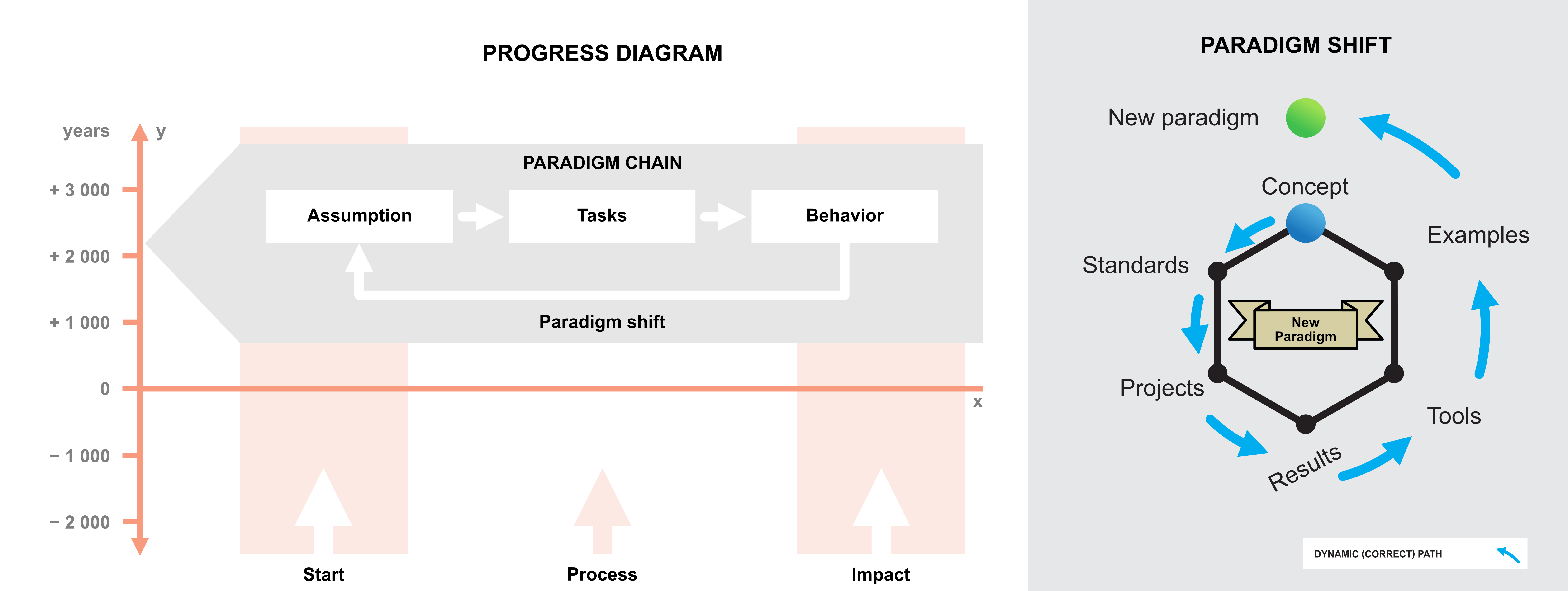Figure C6d.1 The Human progress in time: assumption, tasks, and behavior

Paradigm
The paradigm follows the Greek verb, which means "to show," and has been used in English to indicate "example" or "pattern" since the 15th century. Today's paradigm means a model or pattern for something we can copy.
It implies a theory of a group of ideas about how something we can do, make or think. A paradigm is a standard, perspective, or set of ideas. It's a way to look at something.
The word paradigm often appears in academia, science, and business. Today's paradigm is a shared set of assumptions about perceiving the world. Paradigms are instrumental because they allow us to develop expectations about what will happen. The Kuhn model provided a new look at the paradigm (see Figure C5e).
In science and philosophy, a paradigm brings a set of examples (concepts or thought patterns, including theories, research methods, postulates, and standards) different from those that make legitimate contributions (to a particular field).
In other words, a paradigm is a comprehensive model for understanding. It provides many opportunities and rules for looking at the problems and solving them.
Several theses on the Internet, such as "Paradigms gain their status because they are more successful than their competitors in solving several problems that a group of practitioners finds acute," explain the meaning of the word paradigm.
Figure C6d represents a paradigm using a Dialectical Diagram (DD) on the example of "Concept." It happens on a longer journey (according to DD), but not by itself. In each node, there must be synergies (synergies) of the activities in the nodes in the node interface from start to finish.
Synergy
Synergy means the interaction or collaboration of two or more organizations, substances, or other actors to create a combined effect more significant than the sum of their products.
Synergy generally has multiple synonyms, antonyms, idiomatic expressions, and related words (collaboration, synergy, networking, teamwork, partnership, synergy, and conflict).
For example, synergies exist when the value created by the cooperating business units exceeds the value created by the same teams that work independently. For example, synergies exist when the value created by the cooperating business units exceeds that of the same groups that operate independently.
Synergy is the most used connection with mergers and acquisitions (M & M&A).
In this sense, Synergy means that the potential financial benefits of the coalition are often the driving force behind the merger. In other words, synergy occurs when "the whole is greater than the sum of its parts," and the equation 2 + 2 = 5 represents it.
Synergy presented in Figure C6d means a process that says that without synergistic effects within and between nodes, it makes no sense to speak about a new paradigm.
Paradigm Shift
The paradigm shift (a change) theses proposed (recognized) by the American physicist and philosopher Thomas Kuhn. He understood it as a fundamental change in the scientific discipline's basic concepts and experimental practices.
Accordingly, a paradigm shift is "an important change that occurs when a new and different way replaces the usual way of thinking or doing something."
The term paradigm shift refers to a fundamental change in worldview, concepts, and practices of how something works or is achieved. The paradigm shift can occur in various contexts, from scientific research to industry.
These shifts are critical drivers in many of society's processes, e.g., the chain of the first to fourth industrial revolutions. The webbook adapts theses of applied science via projects in global digital transformation. This field is large enough and representative of paradigm-shifting. It relates to setting sub-objectives and paths to them.
Let's go back to what we can read on the Internet "Change or Shift occurs when a new and different way replaces the usual way of thinking or doing something."
The paradigm shift is not a mild event. It is always a big (crucial, dominant) event that affects everything.
It affects how we look at other things and see each other in motion. It affects our forms of organization, economic drivers, and value systems. It evokes the need to return to the human relationship, their existence, and their position in the world.
It is about how many changes and what quality will occur, such as creating a new concept, how much and with what content the resulting picture (e.g., project) has changed (shifted).
Figure C6d.1 presents a view of the Human and his efforts to make progress overrunning time. The Progress Diagram (PD) package is introduced, including a structure of assumptions for fulfilling tasks and changes in behavior in the social order environment the Human sets.
The time on the "x" - axis represents the interval of beginnings (start), ongoing processes (efforts for progress), and end (impacts of these efforts). The timeline of the "y" represents the millennium scale.
The Progress Diagram shifts up along the axis "y" when the power of the "Paradigm Shift" enters a new quality (the preconditions for progressive change, new tasks are solved, and otherwise, the social climate changes, and a different social order is enforced).
Figure C6d shows the situation of the emergence of the "New Project Paradigm." The following Figures C6d (1, 2 to 3) comment on PD (Assumption, Tasks, and Behavior) items in more detail.